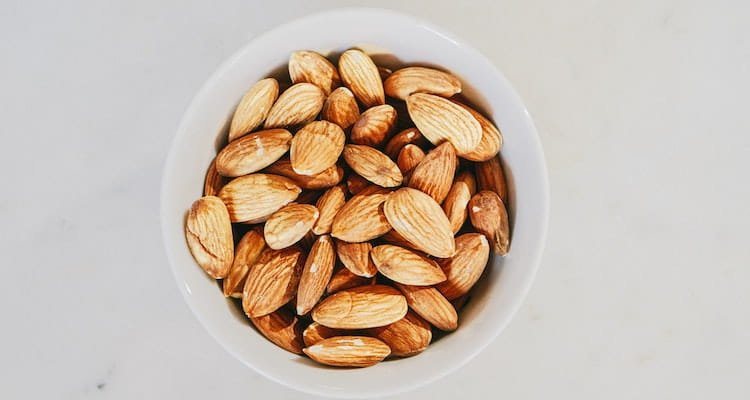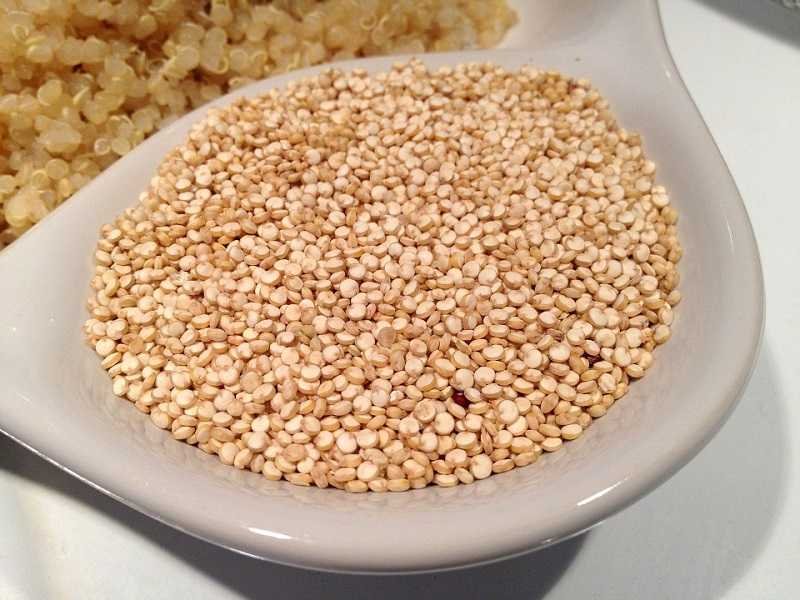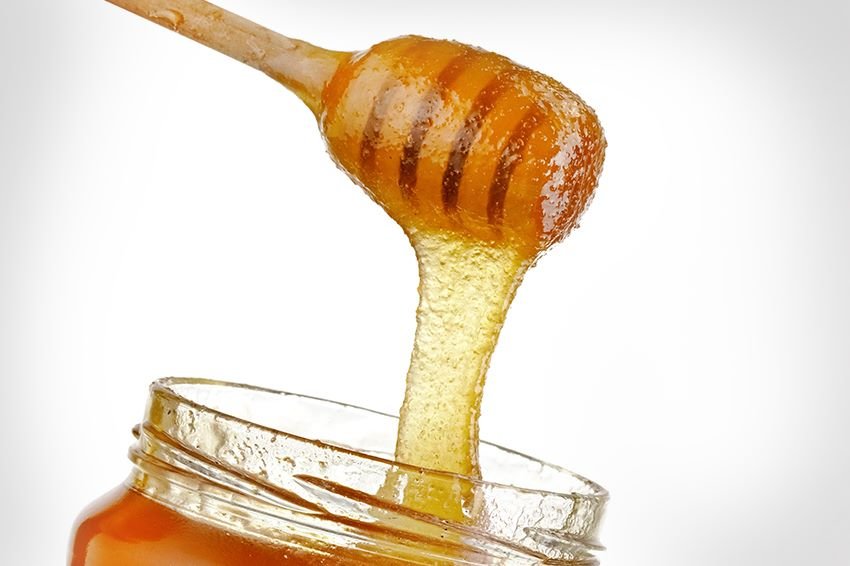Best Foods for Elderly to Gain Weight: Nutritious and Tasty Picks

Gaining weight can be just as tough as losing it, especially as you get older. Maybe you’ve noticed that you or a loved one has been losing weight without trying, and it’s become a cause for concern.
Keeping on weight isn’t just about looks; it’s crucial for health and well-being, especially in the “golden” years. If you’re a senior finding yourself a bit underweight, it’s important to know that it’s common with aging, but there are ways to turn it around.
You might be facing challenges like a decreased appetite, changes in taste, or issues that make cooking a hassle. This can make eating enough to maintain, let alone gain weight, a real struggle.
In this article, we’re zeroing in on the best foods that can help you add some pounds while also being nutritious. We’ll talk about why these foods are effective and how they cater to the unique dietary needs that come with age.
16 Best Foods for Elderly to Gain Weight
When you’re looking to gain weight, choosing foods that are both high in calories and rich in nutrients is important. Here are some great options to include in your diet.
Calorie data where taken from USDA’s FoodData Central
| Food | Calories per 100g |
|---|---|
| Eggs | 155 kcal |
| Avocado | 160 kcal |
| Extra Virgin Olive Oil | 884 kcal |
| Coconut Oil | 833 kcal |
| Grass-Fed Butter | 714 kcal |
| Ghee | 900 kcal |
| Almond Butter | 598 kcal |
| Nuts (Walnuts) | 654 kcal |
| Nuts (Almonds) | 575 kcal |
| Bananas | 89 kcal |
| Sardines | 208 kcal |
| Full Fat Sheep Yogurt | 110 kcal |
| Whole Grains | 233 kcal (median) |
| Cottage Cheese | 98 kcal |
| Flax Seeds | 534 kcal |
| Honey | 304 kcal |
| Oatmeal | 389 kcal |
Just a quick heads up – the info I share is more like friendly advice and not a replacement for a chat with your doctor. If you’ve got any health issues – especially heart-related things – it’s super smart to have a quick chat with your own doc before you go all-in on changing up your calories.
1. Eggs
Eggs are a versatile source of protein and contain about 155 calories per 100 grams. They’re also rich in vitamins and minerals, making them a great choice for a nutrient-dense meal or snack.
Aim at 2 eggs every day.
2. Avocado

Packed with healthy fats, avocados offer roughly 160 calories per 100 grams. They’re also high in fiber and potassium, supporting overall health while helping you gain weight.
Aim for half avocado per day.
3. Extra Virgin Olive Oil
One tablespoon of extra virgin olive oil contains about 120 calories. 100 grams have approximately 884 calories. For context, one tablespoon for extra virgin olive oil is about 14 grams.
It’s a heart-healthy fat that doubles as a calorie booster for your salads or cooked dishes.
Add 2 – 3 tablespoons in your salads per day.
Extra Virgin Olive Oil (EVOO) is high in healthy fats and antioxidants, which are good for health. It has anti-inflammatory properties, which may reduce the risk of chronic diseases. EVOO is a good option for cooking because it can withstand high heat. It also boosts the immune system. Consuming EVOO may reduce the risk of heart disease and offer protection against cancer.
4. Coconut Oil
Coconut oil provides around 833 calories per 100 grams. 1 tablespoon contains approximately 117 calories.
Coconut oil is high in medium-chain triglycerides (MCTs), which may support metabolism and weight management.
5. Grass-Fed Butter
Grass-fed butter, a source of conjugated linoleic acid (CLA) and vitamin K2, contains about 714 calories per 100 grams. Use it on toast or in your cooking for extra calories.
6. Ghee
Ghee, or clarified butter, offers about 900 calories per 100 grams. It’s rich in fat-soluble vitamins A, E, and D. These vitamins are important for our body to function well.
Ghee is a type of clarified butter that is commonly used in South Asian cooking. It is made by simmering butter and removing the milk solids, leaving behind a rich, nutty flavor.
7. Almond Butter
Almond butter has approximately 598 calories per 100 grams. It’s a good source of protein, healthy fats, and vitamin E.
You can also eat Peanut Butter although I’ve discovered that Almond butter is healthier than Peanut Butter. Feel free to check the comparison guide “Peanut Butter Vs Almond Butter” for more insights on this subject.
8. Nuts (Walnuts, Almonds)

Nuts like walnuts and almonds are calorie-dense, at around 654 and 575 calories per 100 grams, respectively. They’re also packed with healthy fats, protein, and fiber.
9. Bananas
Bananas are an easy snack that provide roughly 89 calories per 100 grams. They’re good for an energy boost and are rich in vitamins, particularly vitamin C, B6 and potassium.
Bananas are also soft which can be helpful for elderly people who have teeth problems. One large banana is about 100 grams. Eating 2-3 bananas per day will yield you around 200 – 250 healthy calories.
10. Sardines
Sardines have about 208 calories per 100 grams. They’re an excellent source of omega-3 fatty acids and protein, which are vital for heart and muscle health.
In my opinion, Sardines are better than Tuna. You can find canned sardines in the supermarkets and its sometimes a cheaper alternatives to Tuna. You may want to check this article “Tuna Vs Sardines” to learn how these two fish compare to each other.
11. Full Fat Sheep Yogurt
At approximately 110 calories per 100 grams, full-fat sheep yogurt is a creamy option for calcium and protein, supporting bone and muscle health.
If you wondering why I suggest sheep yogurt over cow yogurt, you may want to check this article I wrote recently called: Goat Milk vs Sheep Milk vs Cow Milk: An In-Depth Comparison
12. Whole Grains

Whole grains vary in caloric value, but they’re generally around 233 calories per 100 grams. They provide sustained energy and are good sources of fiber and B vitamins.
Here are 5 common whole grains and their calorie content per 100 grams:
- Brown rice: 111 calories .
- Quinoa: 120 calories .
- Barley: 354 calories .
- Buckwheat: 343 calories .
- Whole wheat pasta: 238 calories.
13. Cottage Cheese
Cottage cheese offers a healthy mix of fat, protein, and calories at about 98 per 100 grams. It’s also rich in calcium and selenium.
14. Flax Seeds
With about 534 calories per 100 grams, flax seeds are a rich source of omega-3 fatty acids and fiber, which are great for your overall health.
The recommended daily dose of flaxseed is two tablespoons of ground flaxseed. One tablespoon of flax seeds is about 7 grams which yield around 37 calories. So, by eating two tablespoons you get 74 calories.
The good thing about Flax seeds is that they can be added on your Oatmeal, or sheep yogurt for extra calorie boost.
15. Honey

Honey is a natural sweetener containing about 304 calories per 100 grams. It has antioxidants and can provide a quick source of energy.
1 teaspoon of Honey is about 7.08 grams. 7.08 grams have around 21.24 calories.
Honey is very healthy and it should be in ones diet being elderly or not. Feel free to check the article Raw Honey Vs Honey (Regular) to better understand the differences and find out which one is healthier.
16. Oatmeal
Oatmeal contains around 389 calories per 100 grams and is a good source of carbs and fiber, which can help with digestive health and sustained energy levels.
Other Things Elderly Can Do to Gain Weight
In addition to eating calorie-dense meals, there are a few more strategies you can use to put on healthy weight.
Protein Shakes
Adding protein shakes to your diet can help you gain muscle mass and weight. These shakes are a convenient way to consume high-quality protein alongside your regular meals.
It’s easy: mix a scoop of protein powder with milk or water, maybe toss in some fruits, and you’re good to go.
They’re especially helpful if your appetite is smaller and can’t handle big meals.
Lift Weights
Engaging in resistance training like lifting weights can boost your muscle growth and, in turn, help with weight gain. When you build muscle, you’re adding healthy weight that keeps your body strong.
Always start light and focus on exercises that you’re comfortable with; it’s smart to do these under the guidance of a professional, especially if you’re new to it.
If you are looking for a weight lifting program for elderly people, you can check Old School New Body training program – specifically crafted for people over 40 years old.
Eat Snacks Between Meals
Having snacks between meals can effectively increase your overall calorie intake without making you feel too full. Choose snacks high in protein and healthy fats, such as nuts or cheese.
These small bites can contribute to weight and muscle gain over time while also providing a good source of energy.
What Causes Weight Loss in Older Adults in the First Place?
As you age, your body goes through changes that can lead to weight loss. It’s common for older adults to experience a drop in appetite, which can be due to feeling lonely, especially after events like COVID-19 that have increased isolation.
This feeling can lessen your desire to eat and cook meals.
Health issues are another reason for unexpected weight loss. Diseases such as cancer, heart problems, diabetes, or thyroid issues can mess with your hunger signals and how your body handles food. \
What’s more, the medicines used to treat these conditions can sometimes lessen your appetite or make food taste off.
Mental well-being plays a part, too. Seniors struggling with sadness, anxiety, or memory disorders might eat less than they need. This is either because they don’t feel like eating or they forget to do so.
Physical changes that come with aging, like poorer muscle strength or difficulty in getting around, can also make it tough to shop for food or prepare it, which often results in eating less.
Finally, your body naturally shifts as you grow older. This can mean losing muscle and bone, and even a decrease in water in your body cells – all these factors can contribute to weight loss.
Final Take
When you’re looking to put on a few pounds for better health, the right foods can make all the difference.
- Full-fat dairy products such as milk, cheese, and yogurt are simple to incorporate into your diet. They not only provide the necessary calories for weight gain but are also loaded with nutrients.
- Adding healthy fats to your meals is another smart move. Cooking with olive oil or blending avocado into your smoothies can offer both calories and valuable nutrients. Sweet potatoes and other starchy foods can be included in your meals to up the calorie count in a wholesome way.
- For those times you might not feel like eating a lot, high-calorie drinks can help. Sipping on whole milk or a high-protein smoothie is an easy way to get more calories without having to eat a large meal.
- Don’t forget about good quality protein like sardines and eggs. It’s not only tasty but also packed with omega-3 fats that support your well-being. You can bake it simply with a bit of salt and pepper.
Remember, while gaining weight, it’s important to focus on nutritious foods that support overall health. Don’t just eat anything; choose wholesome options that nourish your body.
Your well-being comes first, and by picking the right foods, you can enjoy delicious meals while working towards your goal of a healthier weight.
More Food Guides
